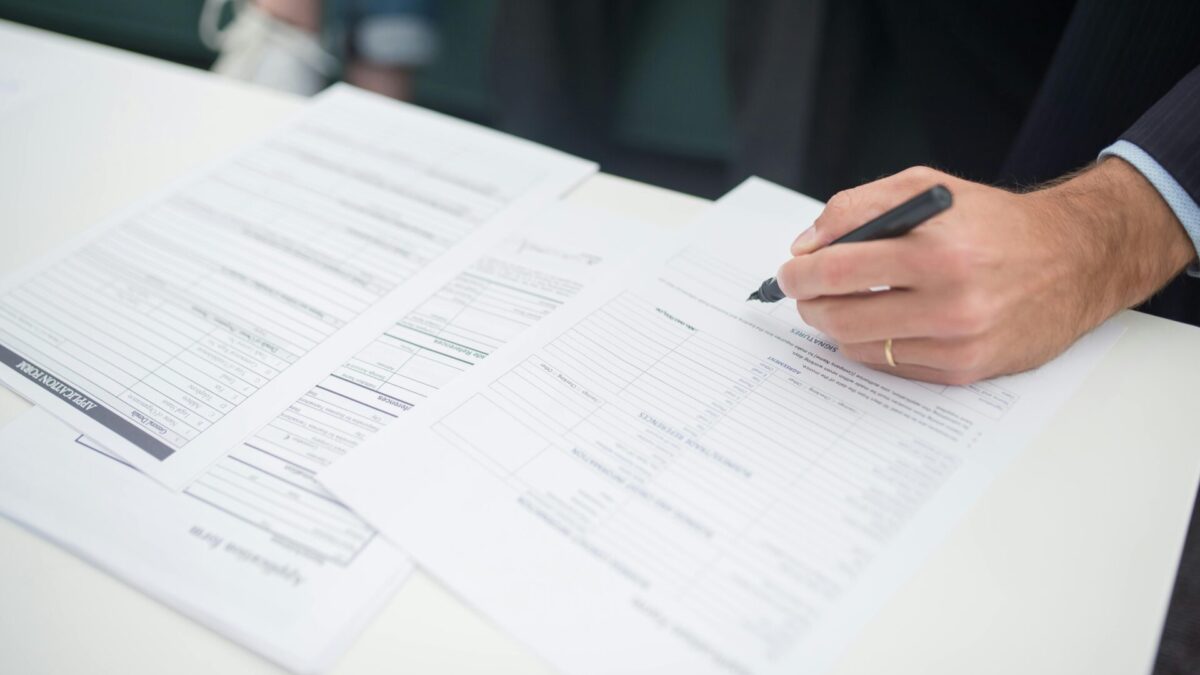Insurance policies are written in a language that seems custom-built to confuse you—dense paragraphs, strange jargon, and clauses that make your eyes glaze over. But here’s the thing: hidden in that legalese are the details that can make or break your financial protection when life throws you a curveball.
So how do you read an insurance policy like a lawyer—without actually being one?
You don’t need a law degree. You just need a strategy.
Here’s how to break it down, understand what matters, and feel confident in what you’re really paying for.
Step 1: Start With the Declarations Page (The “Cheat Sheet”)
The declarations page—often the first page or two—is your policy’s summary. It’s like the front cover of a book telling you who’s covered, what’s covered, and how much coverage you have.
What to look for:
- Policyholder name (make sure it’s correct!)
- Effective dates (when coverage starts and ends)
- Covered property or person
- Coverage limits (maximum amount the insurer will pay)
- Premium (your cost)
- Deductibles (what you pay out-of-pocket before insurance kicks in)
This page is your high-level overview. Get familiar with it—it’s the roadmap for everything else.
Step 2: Understand the Coverage Types
Different insurance policies cover different types of risks. The key is knowing which parts apply to you.
For example:
- In home insurance, you’ll see things like “Dwelling,” “Personal Property,” “Loss of Use,” and “Liability.”
- In auto insurance, you’ll see “Liability,” “Collision,” “Comprehensive,” “Uninsured Motorist,” etc.
- In health insurance, you’ll see “In-Network vs. Out-of-Network,” “Copays,” and “Coinsurance.”
Pro Tip:
Make a checklist of what matters most to you—do you travel often? Own expensive electronics? Rent out a room in your house? Make sure your policy speaks to those needs.
Step 3: Highlight the Exclusions
This is where things get real. Exclusions are what your policy doesn’t cover. And they’re often buried in legalese, so pay close attention.
Common exclusions include:
- Flood or earthquake damage in standard home insurance
- Wear and tear in auto policies
- Pre-existing conditions in some health plans
- Acts of war or government seizure in travel policies
Don’t assume you’re covered—look for what’s specifically excluded. If something important isn’t included, ask about riders (add-ons) to cover that risk.
Step 4: Watch the Definitions Section
Insurance has its own dictionary. Words you think you understand may have specific, narrow meanings in your policy.
Example: “Actual cash value” means the depreciated value of an item, not what you paid for it. That could mean a big difference in how much you’re reimbursed.
Pro Tip:
If a term seems vague, check the definitions section before making assumptions.
Step 5: Review the Claims Process
A good policy isn’t just about coverage—it’s also about how easy it is to use that coverage.
Check for:
- How soon you must file a claim
- What documentation is required
- How payment is made (reimbursement or direct payout)
- Time limits for resolving disputes
If you don’t understand the process now, it will be much harder to navigate during a stressful situation.
Step 6: Ask Questions—Even “Dumb” Ones
Insurance agents or customer service reps are there to help you. Don’t be afraid to ask:
- “What does this actually mean?”
- “Is this coverage enough for my situation?”
- “What would this policy not cover?”
It’s better to clarify now than to assume and regret later.
The Bottom Line
Reading an insurance policy may never be fun—but it doesn’t have to feel like decoding an ancient scroll. With a little patience, a highlighter, and the right questions, you can understand your policy like a pro.
Because the best protection isn’t just having insurance—it’s knowing exactly how it works when you need it most.
Unlock Full Article
Watch a quick video to get instant access.


Social Media